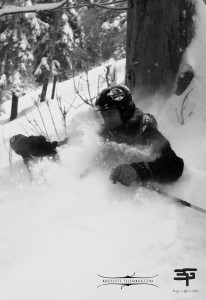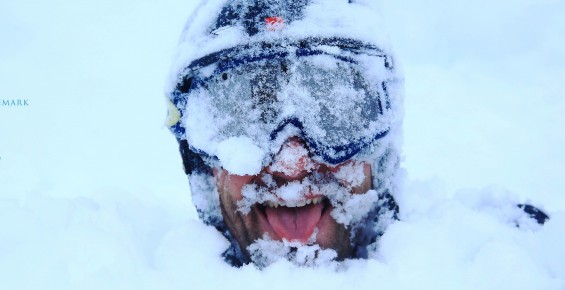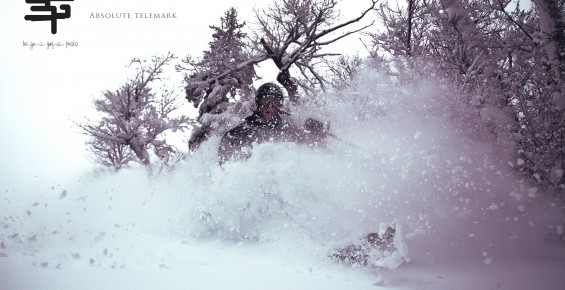 Telemark festivals. In the telemark subculture, it plays a central role. If you have never attend one, check your local source of telemark news.They are a must. It’s a great way to meet new people, try new gear, get lessons or telemark tutorial.
Telemark festivals. In the telemark subculture, it plays a central role. If you have never attend one, check your local source of telemark news.They are a must. It’s a great way to meet new people, try new gear, get lessons or telemark tutorial.
A few hours drive north of the US border, Quebec’s province as got really cool telemark festivals. Here a list of dates and locations for you
2013’s first stop is La Reserve, February 2nd and 3rd. info here:
With a 1000′ vert, This is a classic small resort with PLENTY of local flavor. I just love it.
February 9-10, Le Massif welcomes you.
At 2200′, this is THE highest vert in eastern Canada .
Come over to enjoy the mountain, the snow and the view on St-Laurence River that is just breathtaking. This is my home mountain, make sure to let me know if you come.
February 16-17, Mont Comi host the OLDEST telemark festival in the province, celebrating it’s 30th anniversary. Here A small mountain with a nice head-wall, the size and the quality of the snow is just perfect to create the ambiance that makes this stop a classic.
Finally, Mont Edouard will host its festival March 8 to 10. After a break last year, many including me expect the return of this very popular festival. With a nice 1500′ vert, 2 fixed quad chairlift deserve this mountain. And the terrain’s got nice trees, steep and raw terrain. The big plus is the mogul run under the chairlift that really create the festival renowned ambiance. here’s the website but it’s is only in French:
Be sure that the organizers of these events and their staff, like any place in the province most likely speak English. Or at least will try to help you the best they can.
Unfortunately, all those festivals are in a tight schedule so it is unlikely for one to attend to all of them. If you only have one to try, honestly, they’re all very cool. Just pick one according to your schedule and forecast…
I will gladly help anybody get the information around all those festivals.
Make sure to subscribe to free update on telemark festivals. just enter your information below.









What others think about it